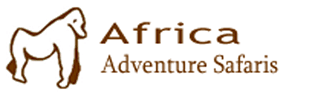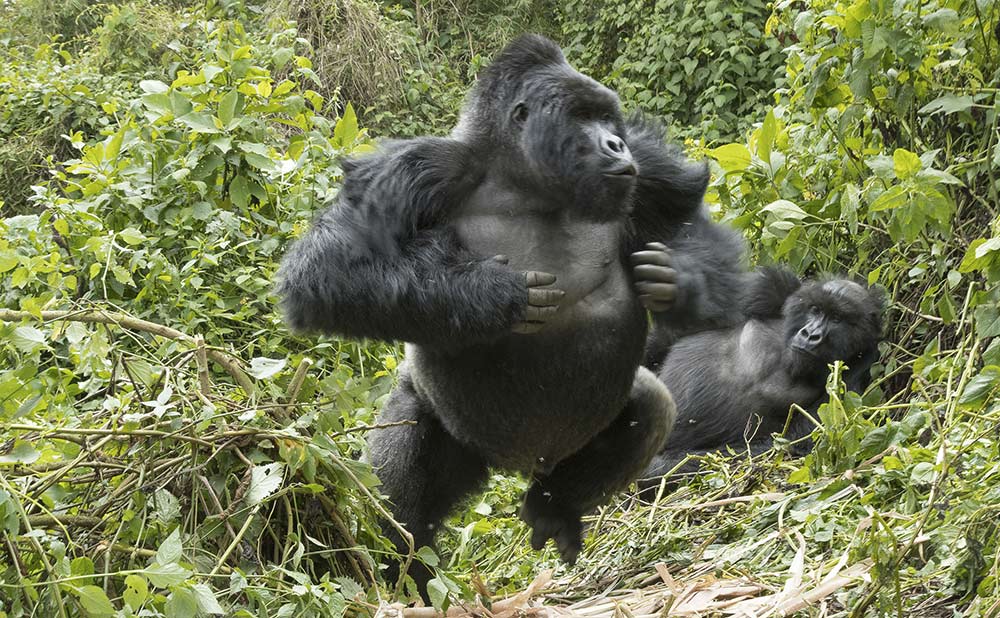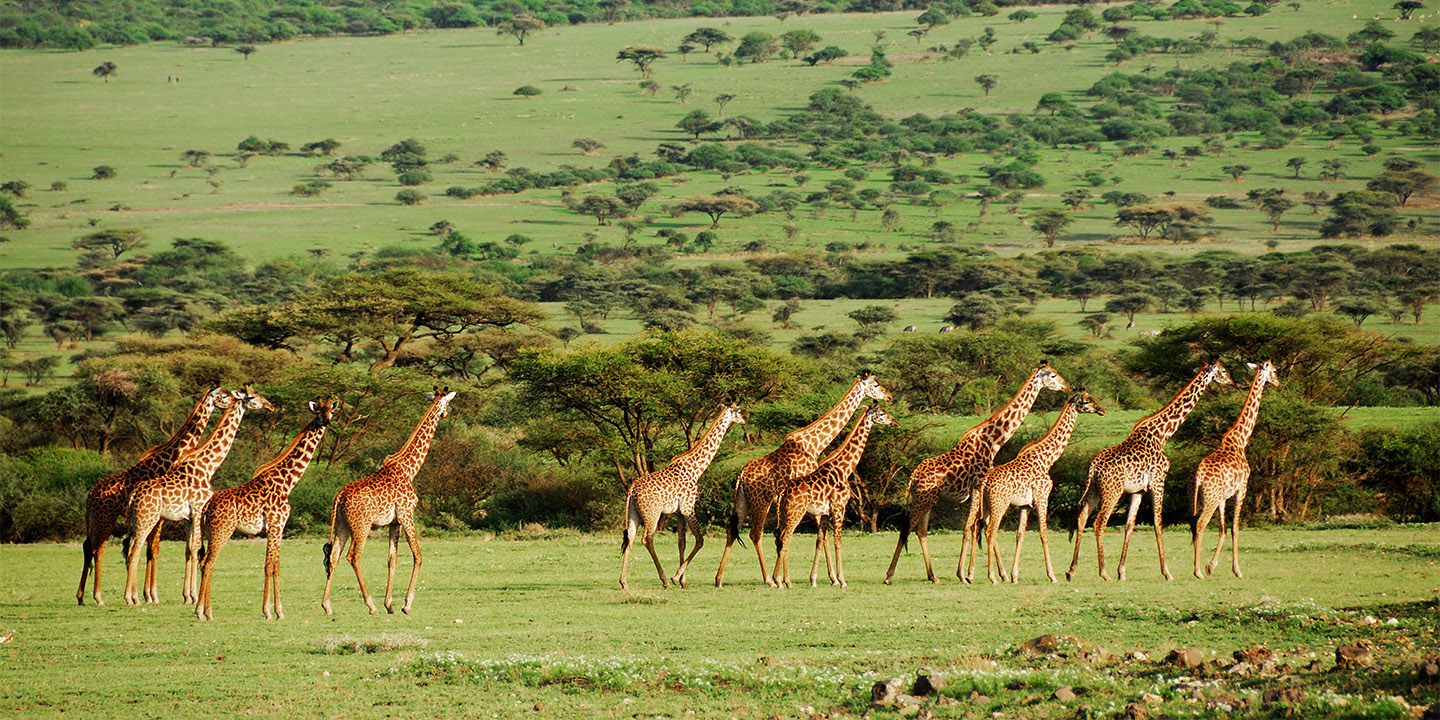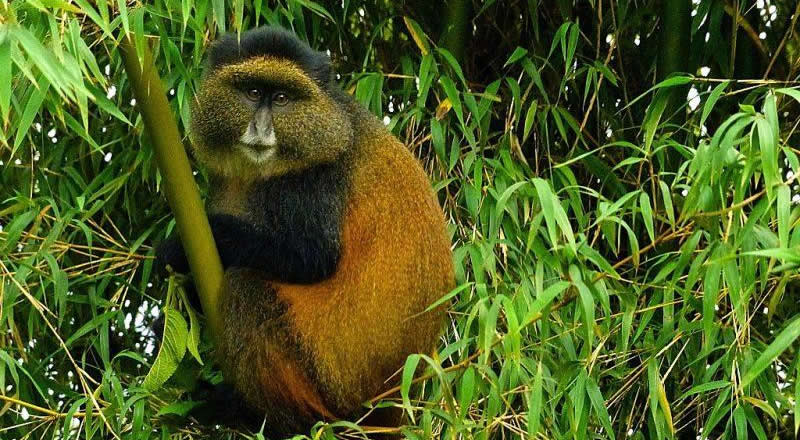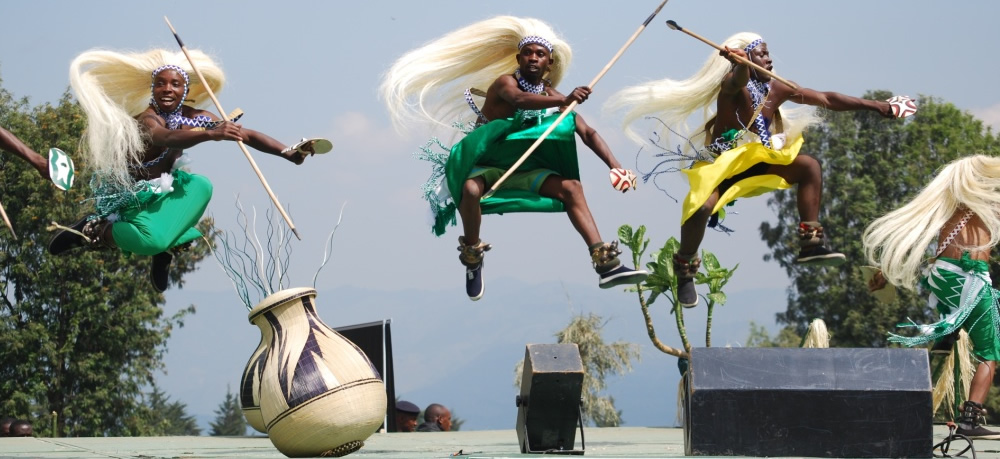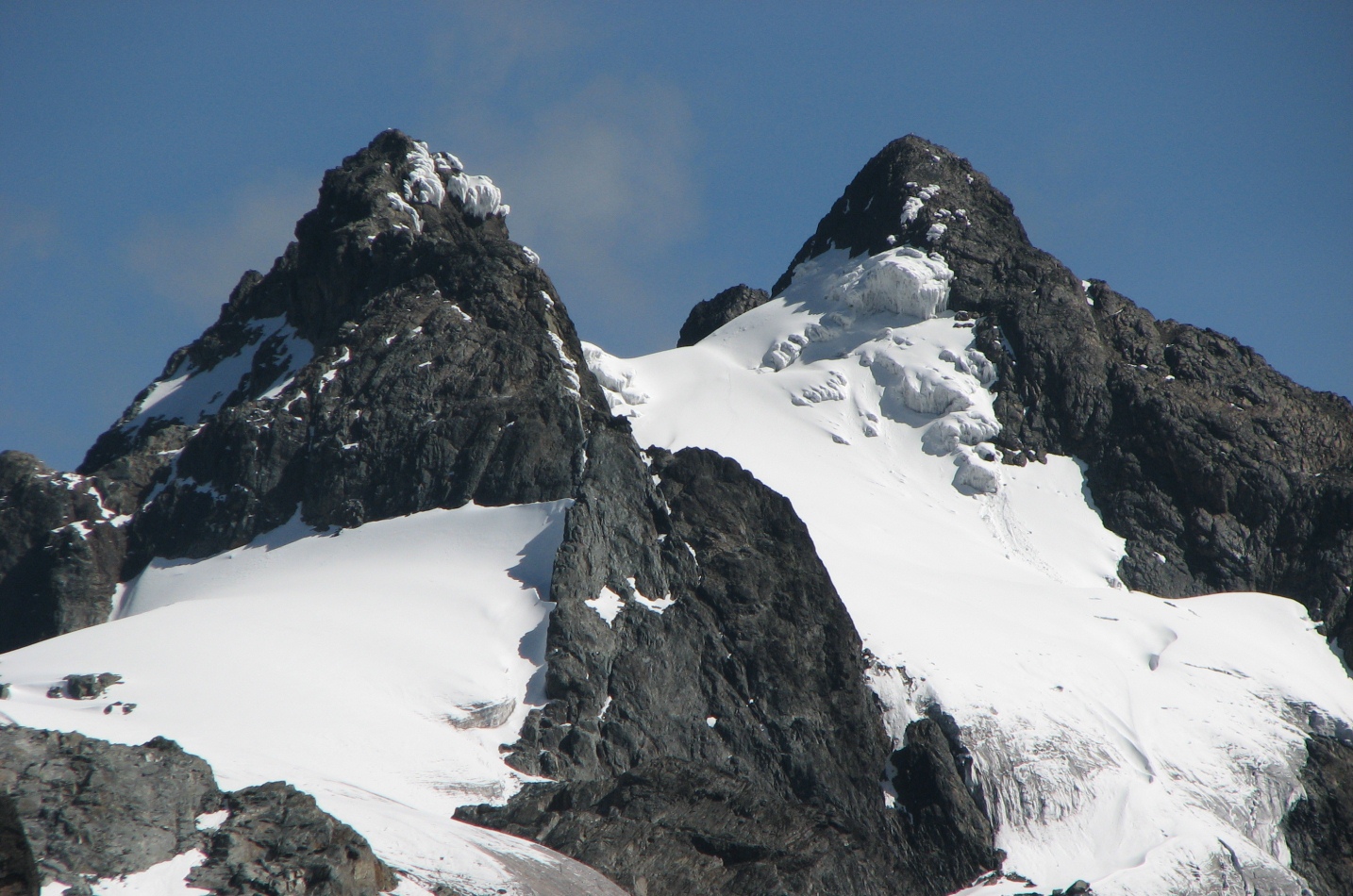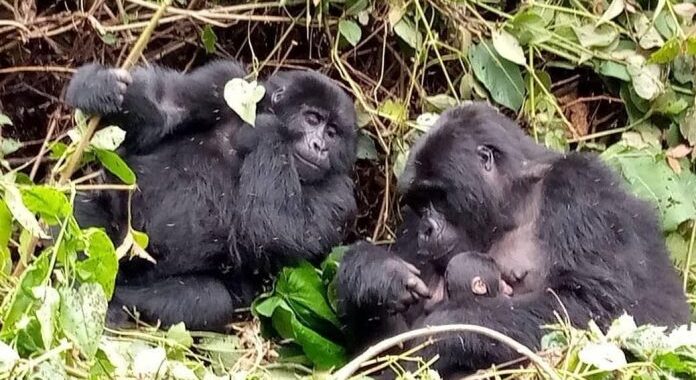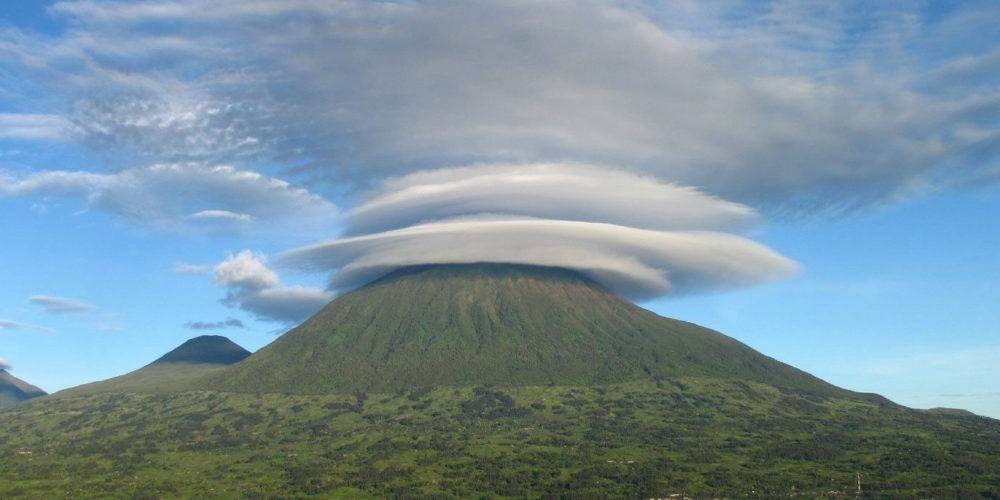Spanning on an area of 26,338 square kilometers almost the size of Haiti or Albania, the land of a ‘thousand hills’ as commonly described is one of the most incredible Safari destinations in Africa. Geographically the country is located in the East African region and bordered by Uganda in the north, D R Congo in the west, Tanzania in the East and Burundi in the south.
Located right in the heart of Africa, Rwanda lies only 75 miles south of the equator, 880 miles, as the eagle flies’ west of the Indian ocean and 1250 miles east of the Atlantic ocean. The country is gifted with 5 volcanoes, 23 lakes and copious rivers, some draining into the Nile and others into the Congo River. Most notable is the Kagera River, one of the arguable contender sources of the Nile and flows through the Country to Tanzania and later to Uganda into the L. Victoria.
The western section of the country lies within the Albertine Rift montane forests eco region with an elevation of 1,500 to 2,500 meters (4,921 to 8,202 ft). The centre of the country is predominantly undulating hills, while the eastern border region consists of savanna plains and swamps.
The country’s popularity stems not only from its somber history of the ‘dark’ years marred by the ethnic tensions that resulted into one of the cruelest cataclysm the world had ever known but also on its rapid economic recovery and less tolerance to corruption as well as rich geography characterized by volcanoes, stunning beaches of L. Kivu and the scenic craters that have garlanded its surface and favored the flourishing wildlife.
Rwanda has a temperate tropical highland climate, cooler than typical equatorial because of her high elevation especially in the western side. The capital Kigali, has a typical daily temperature range of 12 and 27 °C (54 and 81 °F), with diminutive variation throughout the year. The mountainous west and north are generally cooler than the lower-lying east. There are two rainy seasons in the year; with the first running from February to June and the second from September to December. These are alienated by two dry seasons: the major and severe one from June to September, during which there is often no rain at all, and a shorter one between December and February. Rainfall varies geographically, with the west and northwest of the country receiving more rainfall annually than the east and southeast.
Despite her ugly past, Rwanda is highly secure for tourists to travel with one of the lowest crime rates in Africa and her capital Kigali is one of the safest cities on the continent.
Home to one third of the world’s remaining Mountain Gorillas, a third of Africa’s bird species, several primate species, volcanoes, game reserves, resorts and islands on the unrestrained lake Kivu, graceful dancers, artistic crafts and friendly people, Rwanda offers an a’ la carte menu of attractions that range from cultural, historical, geographical and wildlife. Her long list of birds stretch to about 700 species of which 138 are migrants and come in periodically from Europe and other African countries like Madagascar.
As one sets a foot in the capital Kigali for a Rwanda safari, the awesome smiles of her people, the neatness of the streets and architecture of the buildings will beckon a welcome signal. You will ponder to whether the country was truly at one time sunk to the deepest end by the dreadful genocide as portrayed in the ‘Hotel Rwanda’ movie where about 800,000 people lost their lives in a period of about 100 days.
Unlike her neighbors, Rwanda has a small pack of attractions and offers the opportunity to those traveling on a short time schedule to enjoy the best of an African safari. It is of less wonder that all Rwanda’s attractions are located within 5-hours’ drive from the capital Kigali. This means one can visit the Endangered Mountain Gorilla in the Volcanoes on a 1 day gorilla trek Rwanda, track chimpanzees in Nyungwe and Visit the Akagera Park for other wildlife on a short vacation. A visit here can easily expand to include many of the great African destinations like the neighboring Uganda and Tanzania as well as Kenya.
As you visit the genocide monuments, read their writings and listen to the stories of the survivors, tears may run down in your heart only to be wiped away by the fascinating Virunga volcano chain in the northwest that includes Mount Karisimbi, Rwanda's highest point, at 4,507 meters (14,787 ft), Bisoke, Sabinyo, Gahinga and Muhabura volcanoes that offer good hiking opportunities.
Away from the country’s dark historic reminiscence, the bustling town of Musanze cradled against a stunning back drop of the 5 volcanoes (Karisimbi , Bisoke, Sabinyo, Gahinga and Muhabura) is quite interesting for the cultural enthusiasts with its rich cultural tourism opportunities including a visit to the palace of the former king, experience of the Kinyarwanda dance, and the entire Rwandan life style. The town also offers opportunities for caving, birding and fishing from its neighboring lakes including the biggest and stunning L. Kivu which is 45 minutes drive away.
The 2 km long Musanze cave is the most visited of the 52 surveyed caves in the Northern Province with 31 entrances most of which being roof collapses. 8km away from Musanze town is Buhanga eco-park, a small patch of forest offering nature walks to view the dragon trees as well as camping and picnic facilities.
Still close to this gorilla tracking center (Musanze) are the stunning twin lakes of Burera and Ruhondo that are often neglected gems because of the poor terrain of the roads but offer rewarding views of a magnificent landscape that strike a chord of God’s artistic work of creation. You can discover nature in a traditional canoe to different islands on these twin lakes as you enjoy the fascinating views of different bird species and have a memorable picnic.
